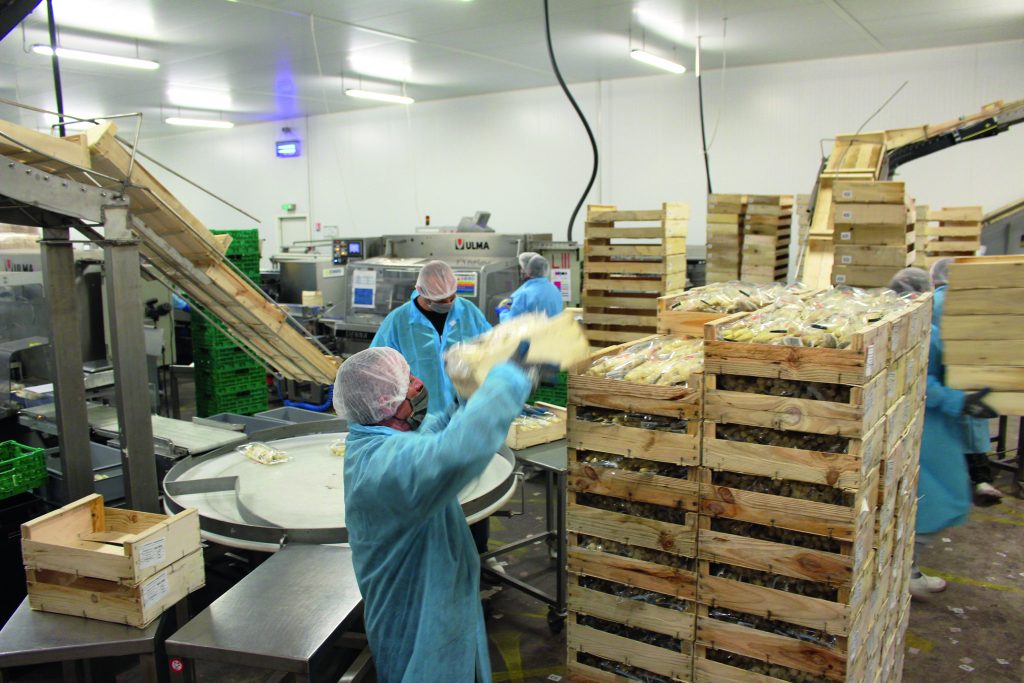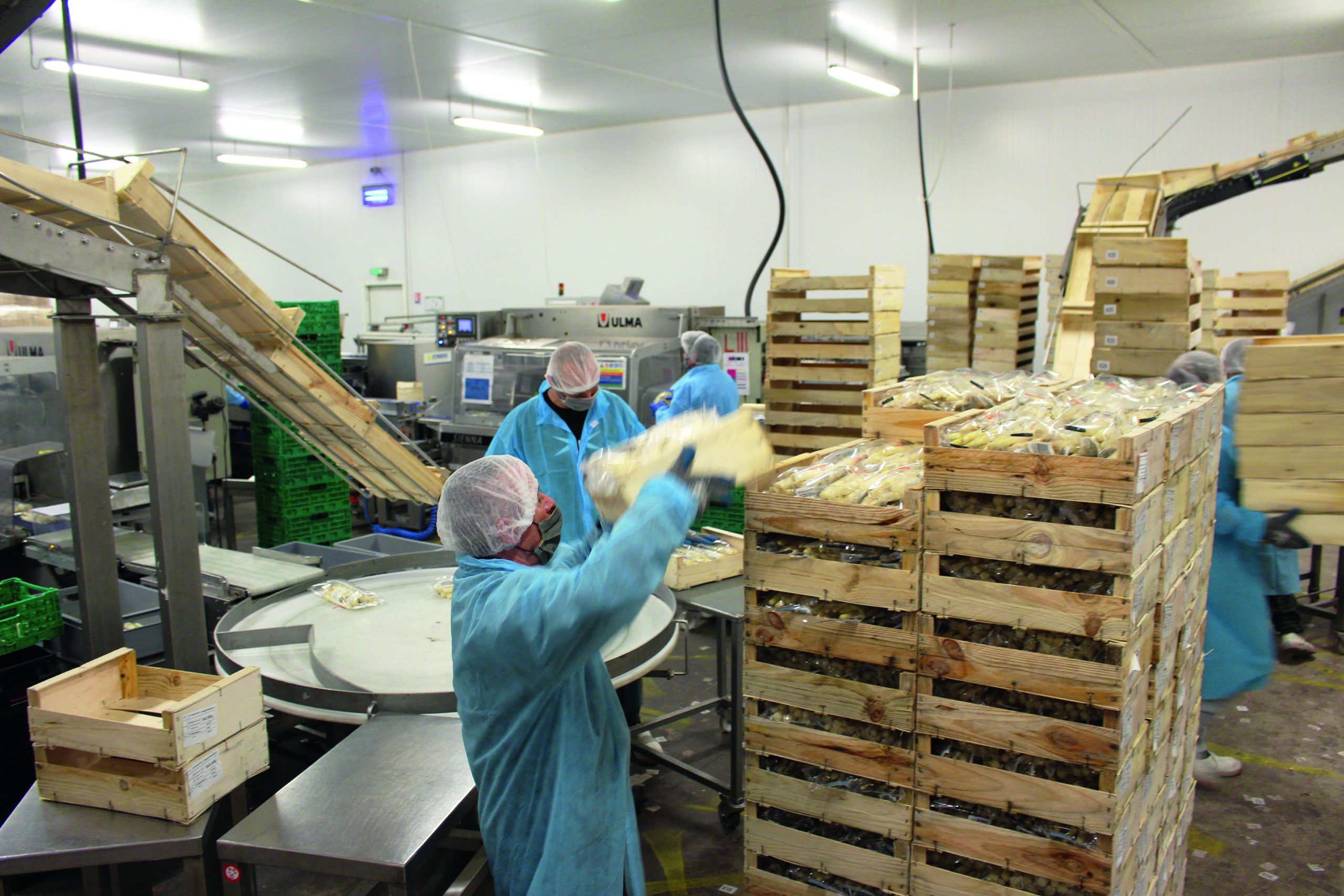This is post-Covid!
A year ago, the first wave of the Covid- 19 epidemic struck just as the main asparagus season was commencing, significantly impacting the campaign in Europe, as testified by companies from France, Italy, Germany, the Netherlands and Spain. Across Europe, it has been shown that asparagus is highly dependent on manpower, which often comes from other countries. The health regulations put into place, and still in force today, meant changing the organisation of the production chain, harvesting, packaging and logistics. It also meant increases in these costs, which will have to be passed on to the final price.
The situation has led to producers focusing more on their domestic markets. With the restaurant sector on hold, asparagus has also lost an important outlet. This loss, though temporary, has already changed eating habits regarding asparagus. Consumers have been very receptive to fresh asparagus during this period, with some consuming it for the first time! It is now important to capitalise on this situation to increase the number of asparagus consumers in Europe.
How Covid-19 affected production in 2020
In Mainland China, the world’s top asparagus grower, the unprecedented market fluctuations and general negative impact caused by Covid-19 saw asparagus planted area shrink by 5% between 2019 and 2020 to about 90,000 ha, according to a Fresh Plaza report quoting seed producer Walker Bros, Inc. A USDA report states that in Peru, the Southern Hemisphere’s top asparagus grower and global number two, production in 2020 fell by 4% Y-O-Y to just over 352,300 tons due to a labour shortages during the harvest season, resulting from the strict quarantine imposed by the country’s government. And last year’s asparagus harvest in Germany, the Northern Hemisphere’s 2nd biggest grower after China, was about 117,650 tons, 10% down on 2019 and 5% lower than the average for the previous six years, according to the country’s federal statistics office. Germany’s lower harvest volume was partly due to a 2% decline in acreage but “also due to the fact that, as a result of the corona pandemic, there were no foreign harvest workers in some regions and therefore not all of the asparagus fields could be harvested,” reports the Association of South German Asparagus and Strawberry Growers (VSSE).
























